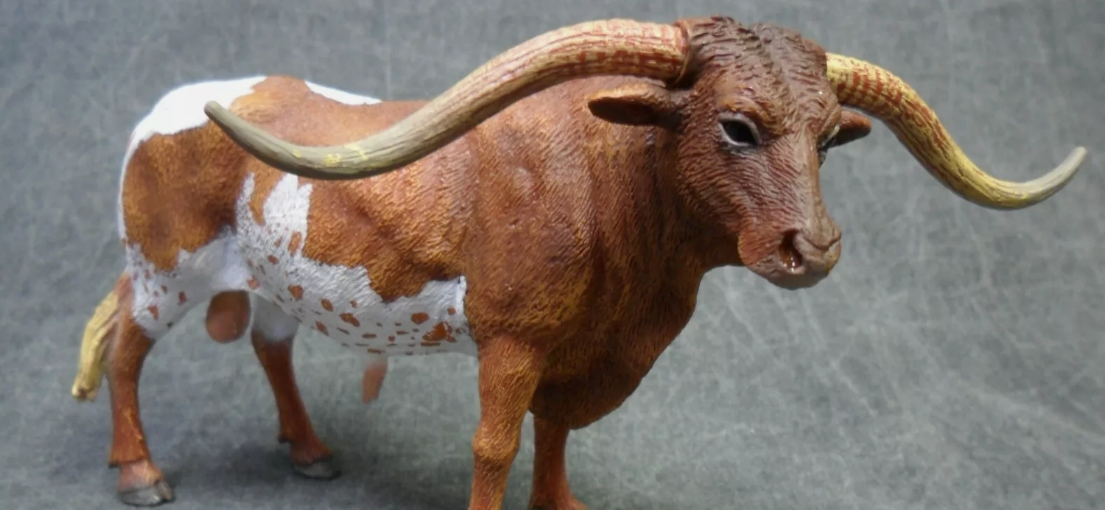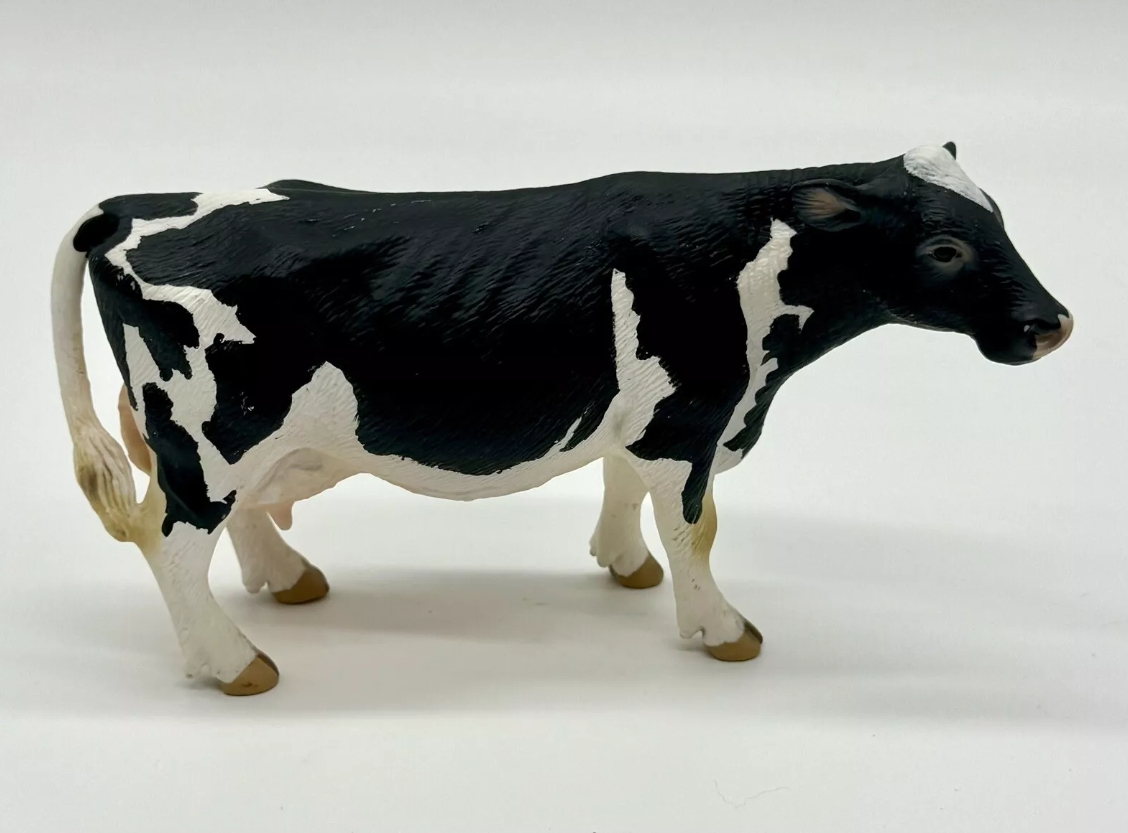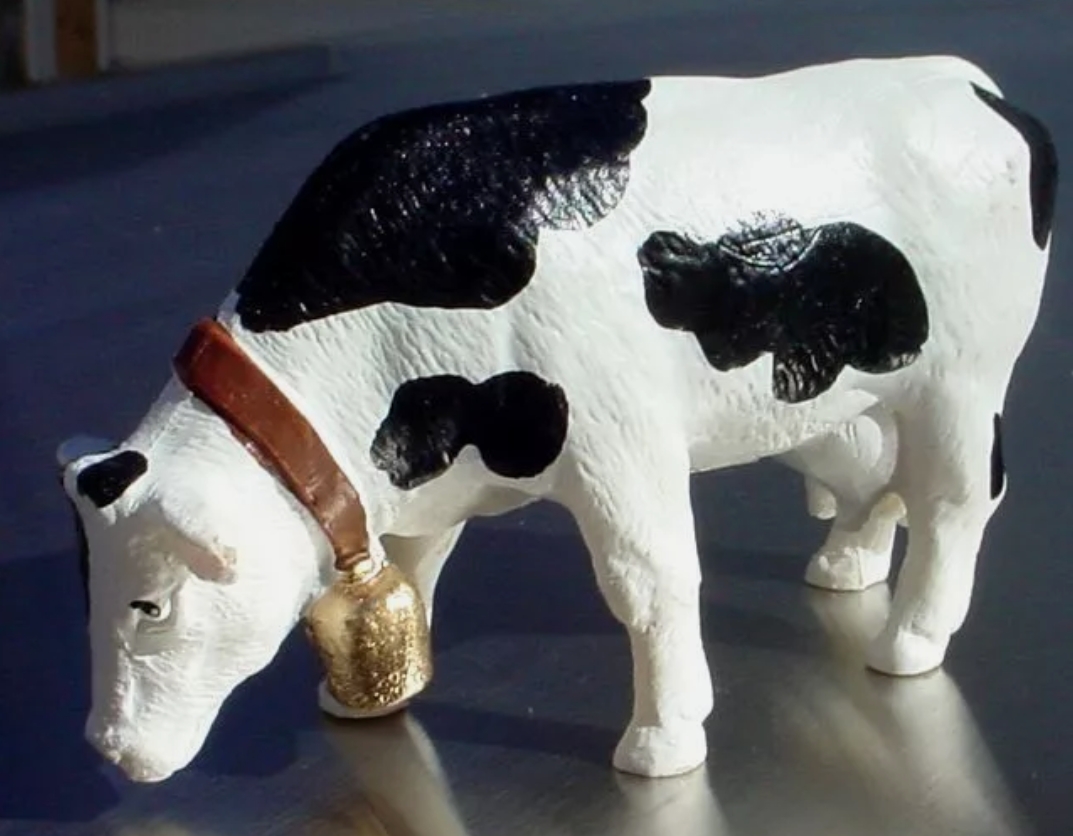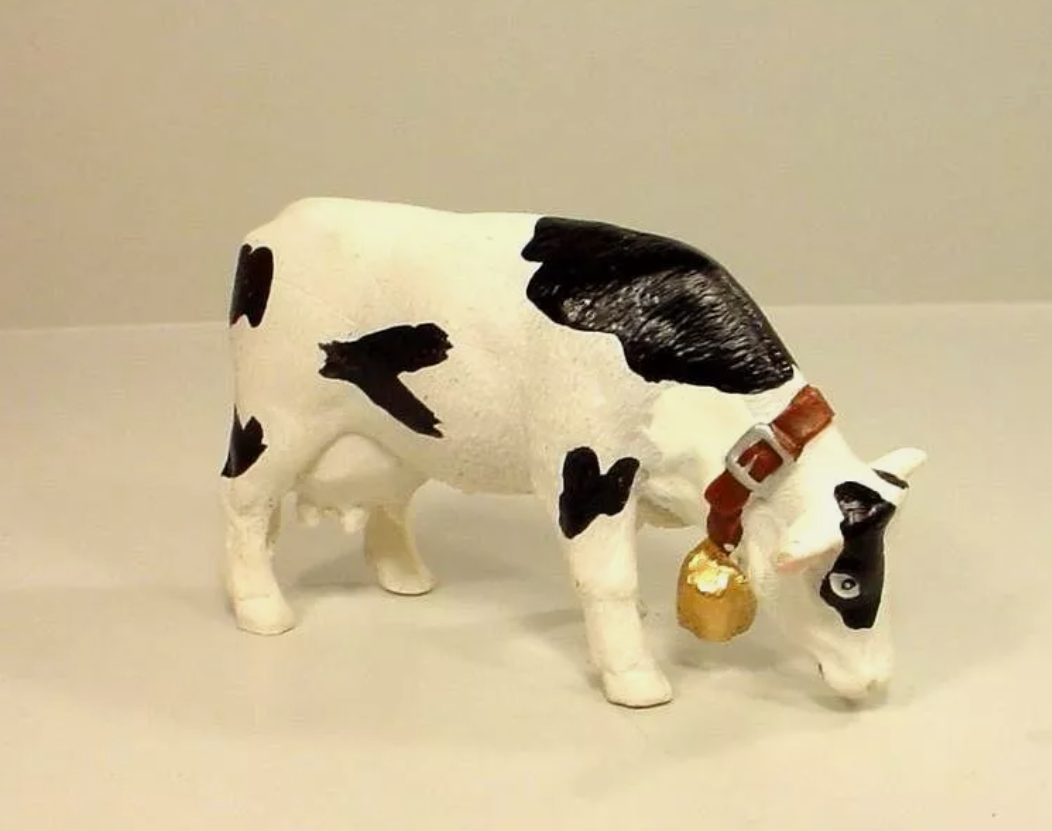Cow modeling is a widely used tool in agricultural and ecological research to simulate and predict the performance of cows and their impact on the environment. This model is based on an in-depth understanding of the physiological, nutritional and environmental factors of dairy cattle, and can help researchers and farmers optimize feeding management and improve economic efficiency.
A cow model usually includes several variables, such as feed composition, cow age, weight, milk production, health status, etc. These variables interact and jointly determine the overall production capacity of dairy cows. By modeling the relationship between various variables, researchers can accurately predict the performance of cows under different breeding strategies,thus providing scientific basis for decision-making.
The model is not only limited to the calculation of milk production,but also considers the environmental factors such as carbon emissions and nitrogen emissions of cows. The introduction of this ecological perspective allows dairy cow management to focus not only on economic benefits,but also on ecological sustainability. With the deepening of global understanding of climate change and environmental pollution, the environmental protection function of cow model has been paid more and more attention.
In practice,by simulating different feeding and management scenarios,researchers are able to assess the long-term effects of specific strategies on cow performance and environmental impacts. For example,using cow models can compare the economic benefits and ecological footprint of conventional and organic feeding,helping farmers choose more reasonable farming methods. At the same time,the model can also be used to develop more scientific feed formulations to meet the nutritional needs of dairy cows,improve feed conversion and reduce production costs.




